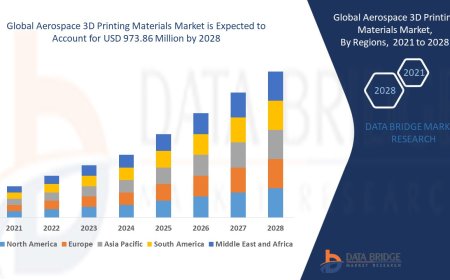Beyond HTML & CSS: What Modern Web Development Really Involves
Learning HTML and CSS is often the first step for aspiring web developers and rightly so. These technologies are the foundation of every webpage. HTML structures the content, while CSS styles it. But in todays fast-moving tech world, knowing only HTML and CSS isnt enough to build or maintain the kind of modern, responsive, and interactive websites users expect.
Whether you're self-taught, just starting a web development course in Chandigarh, or thinking about switching careers, its important to understand the full landscape of modern web development from front-end frameworks to deployment and version control.
Why HTML & CSS Alone Arent Enough Anymore
CSS and HTML are fixed. They determine the appearance of a site and its organization, yet do not introduce interactivity, responsiveness, and backend capabilities. It is there that modern tools and technologies would come in handy to help developers rapidly, wisely, and more user-friendly.
Heres what modern websites demand:
-
Dynamic behavior: User interactions, animations, live updates
-
Mobile responsiveness: Seamless experience across all devices
-
Fast performance: Optimized loading speeds and real-time data fetching
-
Security and scalability: Secure authentication, databases, and scalable hosting
To meet these demands, developers must learn beyond the basics and thats where modern web development really begins.
What Front-End Development Looks Like Today
Front-end development is much more than the static layouts. The thing is that now it is about creating dynamic component-rich user interfaces that may react to user activities in real-time. This technological evolution revolves around JavaScript.
Back-end must-Know:
-
JavaScript: Interactivity and Logic
-
Such frameworks as React, Vue, or Angular
-
CSS3 Flexbox, Grid and Media query responsive design
-
Integration of API to interface with data sources
-
Automation tools such as Webpack, Vite and npm as build tools
These tools enable you to build dynamic web applications not just pages.
The Role of Back-End and Full-Stack Development
After you have the front-end, you still need something to store data, deal with users and to work with business logic. Back-end development comes in there. Full-stack knows both front-end and backend work - so he/she will be able to create and implement a whole application on his own.
Typical back-end skills and tools are:
-
Express.js and Node.js on the server-side side-logic
-
MongoDB or PostgreSQL databases
-
User log in and security authentication systems
-
RESTful APIs to regulate data transfer
-
Hosting services such as Vercel, Netlify or AWS
Knowing the back-end makes you have the complete control of your project- the user interface, and the database.
Dev Tools, Version Control, and Deployment
The contemporary web developers must also be able to work with code in a streamlined way and be assured to deploy their applications. These are some of the most important skills that newcomers usually neglect.
-
Git and GitHub: Version control and cooperation
-
Command line tools: To speed up the operations and management of the environment
-
Continuous deployment tools: To deploy and update sites without any hustle
-
Performance testing tools: To observe speed and user experience
In the absence of these tools it is harder to work in professional environment or create production ready web sites.
Conclusion
The world of modern web development is a very dynamic one that extends beyond HTML, and CSS. In order to become a successful developer in the current technological environment they need to get acquainted with frontend frameworks, backend logics, databases, deployment tools and the development process.
Whether you are a newbie or need to retrain quickly, it is possible to learn web development in a coherent way and cover the full stack with the help of a web development course in Chandigarh. Making a beautiful site is no longer the issue, but constructing high-performance, interactive, and expandable application that can be of real use.


































